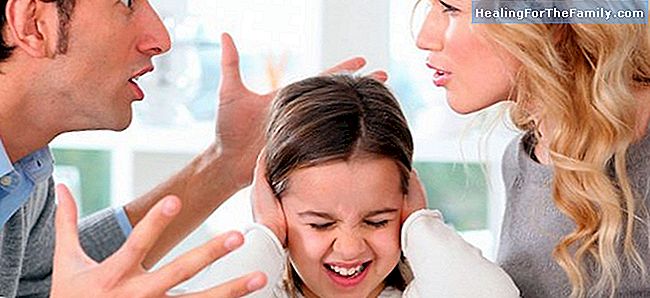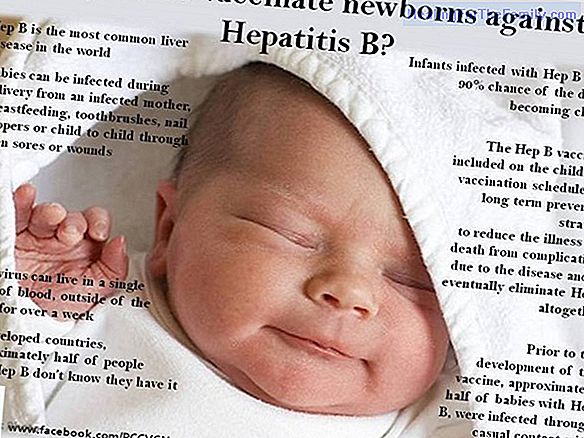Gender violence and children
The American Academy of Pediatrics (AAP) recognizes that 'being a witness to domestic violence can be as traumatic for the child as being a victim of physical or sexual abuse'. They are considered exposed to gender violence in their family environment to all children living in a home where his fathe
The American Academy of Pediatrics (AAP) recognizes that 'being a witness to domestic violence can be as traumatic for the child as being a victim of physical or sexual abuse'. They are considered exposed to gender violence in their family environment to all children living in a home where his father or his mother's partner is violent against women.
In homes where violence prevails, children are up to 15 times more likely to suffer physical abuse, sexual abuse and neglect than in non-violent homes.
Alterations in children exposed to gender violence

Numerous research studies have shown that children exposed to gender violence may suffer physical problems, psychological disorders, behavioral problems and cognitive difficulties derived from their exposure to violence:
Physical problems:
- Delay in growth
- Eating behavior disorders (inappetence, anorexia, bulimia) D - Difficulty or problems in sleep
- Regressions, less motor skills
- Psychosomatic symptoms (allergy, asthma, ezcemas, headaches , abdominal pain, nocturnal enuresis ...)
Emotional problems:
- Anxiety
- Anger
- Depression, isolation
- Disorders of self-esteem
- Post-traumatic stress and traumatic process
- Attachment or bonding disorders
Cognitive problems :
- Delay in language and learning d verbal development
- Delay of cognitive development
- Impairment of school performance
Behavior problems:
- Violence towards others (aggression, delinquency, cruelty to animals)
- Tantrums, disinhibitions, immaturity
- Attention deficit hyperactivity
- Toxodependencias
- Self-destructive behaviors
Social problems:
- Scarce social skills
- Introspection or withdrawal
- Empathy disorders
All the alterations listed, as recognized by the Federation of Associations of Separated and Divorced Women, present different characteristics according to age of the child, the gender and level of development, the type, frequency and severity of the violence, the type of judicial intervention, the accumulation of stressors and the presence of protective or resilient factors.
Gender-based violence and children: how it affects them according to their age
- By age, the care, attention and affection that
children under 5 years recla demand can not be adequately answered by their mothers, the victims, and they are the age group most exposed and vulnerable to violence. These children have weight stagnation, sleep disturbances,eating disorders, toilet training problems, anxiety, sadness and inconsolable crying.They tend to behave more aggressively in their personal interactions and often feel responsible for their parents' conflicts. - Children between 6 and 12 years old
have greater control of their emotions, reasoning capacity, a wider social circle. They also imitate the roles of their parents, feel concern or anger over the attitude of the victim mother, but curiously show admiration for the power and strength of the violent father. They present more fears, academic problems, aggressive behavior, isolation, anxiety or depression, and decreased self-esteem. The family is considered the first socializing agent of the child and the most decisive in the establishment of appropriate models of social functioning.The transmission of violence from parents to their children has been the subject of study in numerous works, and it has been shown that children exposed to violence, comparing them with unexposed,
more frequently they will mistreat their adult couples
, while exposed girls will more likely be victims of abuse by their partners. Currently, the objective of numerous independent family and children institutions directly related to public power is to eradicate the transmission of gender violence between generations.Marisol New












